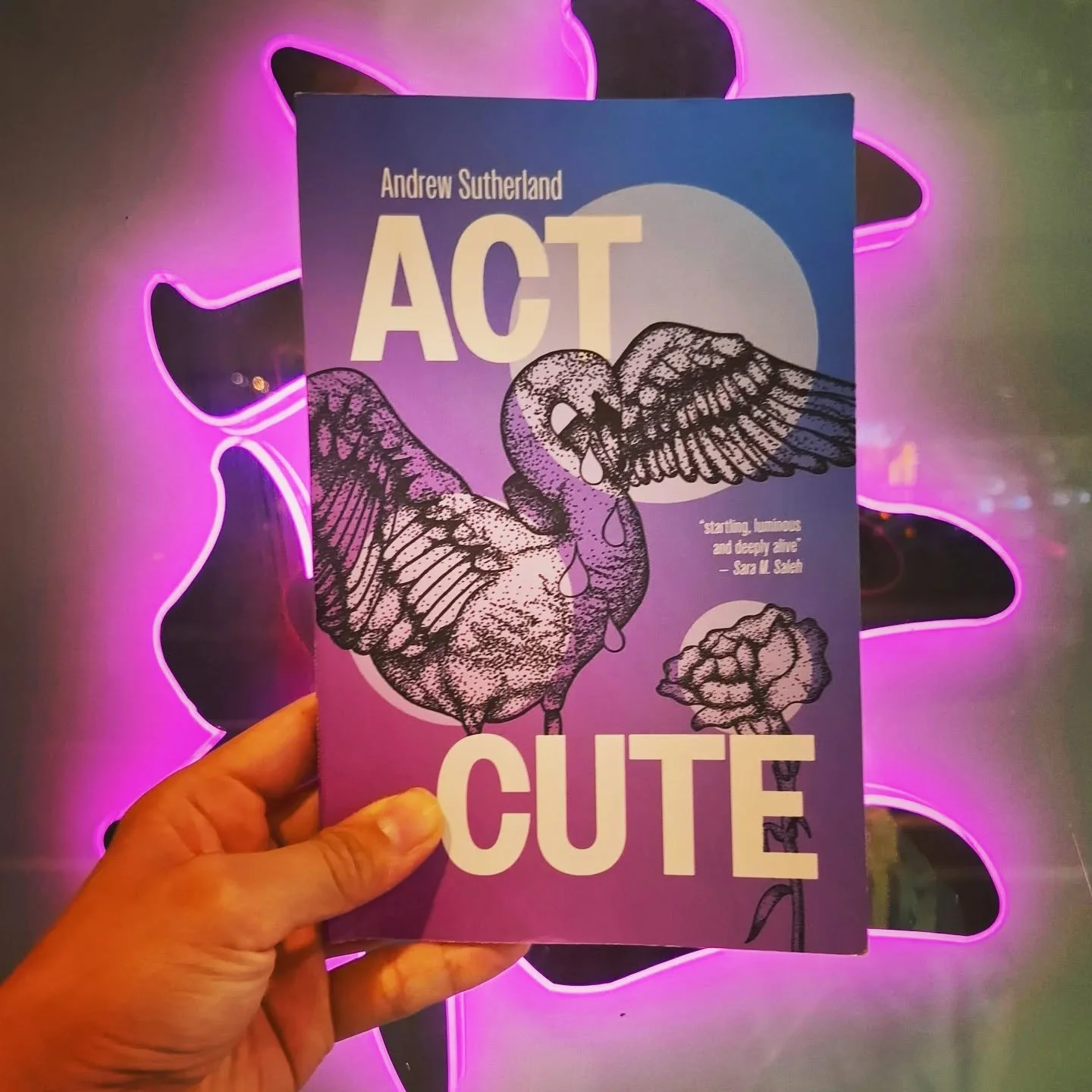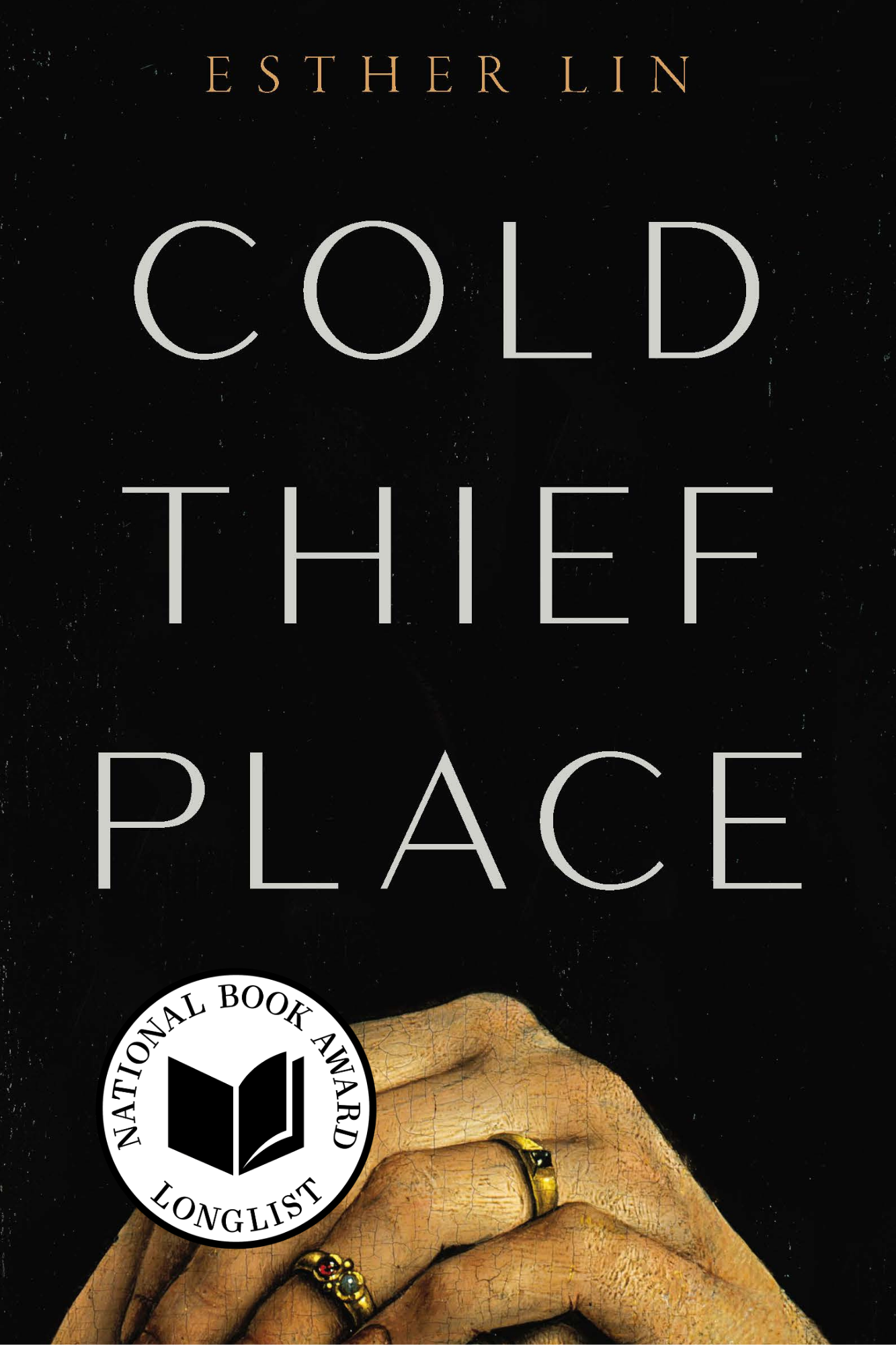Art as Searching
By Christy Ku
Review of Searching for Lee Wen by Chan Li Shan (Singapore: Epigram Books, 2022)
In Searching for Lee Wen, both the biographer Chan Li Shan and her subject the late Singaporean artist Lee Wen undergo constant battles to make art with true authenticity. For them, making art is plagued with tortuous self-doubt and societal expectations all whilst grappling to capture the reality of who or what the subject is. However, when artist and writer are able to move away from their intellectual angst, both are motivated to create freely by their love for their friends.
Chan takes us through a journey not only of Lee Wen’s life and, more generally, Singapore’s performance art history, but also of the process of writing a biography. Through data meticulously compiled from WhatsApp chat histories, Facebook posts, conversations with fellow artists and frequent awkward recorded interviews with Lee Wen himself, Chan builds an incomplete mosaic of Lee Wen as a human and an artist. Chan constructs a creative biography by structuring it in a way similar to how we remember things—not as a long, continuous sequence but as individual moments and impressions. In her note on form, she writes, “each part is essential in its adding to the whole, and the whole is itself a window unto a world.” The book is as much a biography as it is about the artistic writing process behind it.
Lee Wen (1917–2019) was a Singapore-based performance artist. At the age of 30 he left his career in banking to fully dedicate himself to art. He was heralded as a pioneer of performance art, was internationally acclaimed, and in 2005 was presented with Singapore’s Cultural Medallion—the country’s highest honor for artists—which he accepted with internal conflict and uncertainty. Lee Wen was most known for “The Yellow Man Series,” which began with his painting “Yellow Man, Where Are You Going?” The work developed into performances in which wearing nothing but briefs, he coated himself in vivid, yellow paint and walked in various settings, including public streets and beaches. This series, a satire of “yellow peril,” explored racial stereotypes placed on an Othered body.
His artwork ranged widely; he painted, created pencil drawings, made music; “his wiry whisper interspersed with short bursts of his raspy voice, climaxing in jangly guitar noises.” However, mostly Lee Wen made performance art in gallery spaces and in public. He would perform with kilos of uncooked white rice, carry a canopy made of red lanterns, bury himself to the waist, and walk covered in chains. He would walk for hours, if not days, pushing himself to his physical and mental limits. In 1998, he created a donut-shaped, ping-pong table in collaboration with his wife Satoko Sukenari. His work was artistically subversive and politically engaged, and it served as social commentary on race, identity, and social norms. His art ventured into the discomforting—one of his performances included “wearing a tiger mask and licking a raw chicken.” Chan describes Lee Wen as someone who was deeply human and who was earnestly searching for truth in his art.
Chan was his friend and former assistant. Her struggle to create this biography is a tension that threads through this book. Previous to this project, Chan had written her own memoir. As a result, she was criticized for being “selfish” by her peers, which led her down a spiral of self-questioning until she admits, “I was self-absorbed about whether I was self-absorbed.” Embarking on a biography might have been a way to absolve herself from the charge of being “selfish.” However, it seems that Chan does not fully exit this spiral of self-questioning even though the project focuses on Lee Wen’s life. She questions herself constantly, scrutinizing the very nature and purpose of biographies. She grapples with how biographies are always flawed, turning ethical questions over again and again: what to include, what to leave out, the consequences of each decision and, crucially, how not to “further mythologise the myth of the artist but to get a sense of Lee Wen as a human being.”
Lee Wen’s own interest in Chan’s biography project waned to the point where he told her, “You go and choose another biography to work on.” Chan had to work against his reluctance and her own uncertainty, as well as against Lee Wen’s Parkinson’s. Interpersonal conflicts and painful conversations dot the biography—on one occasion Lee Wen offered to do an interview, they ate a meal together, and then he refused to do the interview. He was uncooperative to the point where Chan “left this man, who could barely walk, at the food centre, by himself.”
Lee Wen feared Chan’s work, mistakenly believing that a biography “was designed to be a warts-and-all picture of its subjects.” Artists find ourselves in a strange paradox. We want our work to be seen (most of us anyway), we use our experiences, and we want our work and experiences validated. But we also have a horror of being seen as ourselves, so we act on the stage, we give our words to characters on the page, we place canvases between ourselves and the audience, talking through paint and performance. Art can serve as a shield to keep us safe from the audience, from judgement, and it allows us to be honest.
In Lee Wen’s performance piece “Serious Conversations,” he has white powder smeared over his face. Chan writes, “In that sense, Lee Wen was masked. but it was because of that mask that he was able to generate a more authentic performance. Sometimes being authentic requires hiding rather than openness.” Simply to be seen as you are can render a person so vulnerable that it is terrifying. That fear made Lee Wen a person, not just a myth. This was why Chan chose to keep writing: “It was only because he was so human. He made himself known.”
Lee Wen’s resistance paired with Chan’s intellectual self-torture made it unsurprising that this project was originally abandoned. Restarting the biography after Lee Wen’s passing, Chan was released from chasing his approval but now worked with accompanying guilt. Death puts everything—all the conflict, the internal and external struggles, and the stress she went through — in perspective. However, ultimately, Chan writes, “I wish he’d been alive to see this happen.”
The biography includes a few personal stories of Chan and Lee Wen. She describes herself as a “latecomer” to his life, becoming his friend in 2012 and his biographer in 2016. Even though she mentions them being close—she changed his bedsheets for him—her tone is one of reverence from a distance, as she prefers to share stories of what he did with other people. Chan uses this creative biography to try and enter the life that he lived before they knew each other. To write this work, she traveled across the world, from Singapore to the Isle of Portland to Tokyo, where Lee Wen’s family lives. She searched through personal and official archives, consisting of photo albums and old notebooks, in order to examine the “thoughts [that] were transmitted from head to paper.”
So, who was Lee Wen? In her portrait of the artist, Chan tries to preserve his humanity, complexity, and contradictions. However, her self-doubt paired with her respect for the artist creates a stiff formality that obscures who Lee Wen was. To read this biography is to feel as if Lee Wen is always on his way out or has just left the room when we arrive, and we can only rely on hearing stories about him. The book misses the trivial details that make up a person, such as what did he like to eat for breakfast? What shoes did he favor when he was not performing? How was his home organized?
Chan tries to record Lee Wen’s genuineness when he sought to be genuine. She notes that he was contradictory, “sometimes unlikeable,” and “tactless.” Like many artists, Lee Wen found himself positioning art and authenticity, money and selling out, at opposite ends. He left his career in banking to pursue art full-time. Doing so was akin to taking a vow of poverty, sacrificing financial security. He worried about money and yet could not go after it.
Chan observes how money rules all in Singapore, commenting, “Perhaps this is true for other countries as well, not just Singapore, but it may be especially true in Singapore, which is a highly conformist society, where success is very narrowly construed”. Chan notes that, as the country experienced massive economic growth after its independence in 1965, the Singaporean dream revolved around attaining the five Cs: “cash, condo, car, credit card, country club.” Artists in Singapore found themselves searching for a new definition of success outside of the societal norm. But what happens if the norm recognizes your work and wants to reward you?
Lee Wen accepted the Cultural Medallion, which is presented by the state’s National Arts Council, the same institution that banned funding for performance art and unscripted performances for 10 years. The state and its associated institutions rejected and then later accepted him, just as Lee Wen rejected societal norms of money and status and then accepted the award. About the award he insisted to Chan that “it means nothing. It’s a joke,” but also admitted to her that he wrote his own recommendation.
Both Lee Wen and Chan struggled with the fear of being seen as self-centered. The clash between selfishness and selflessness runs through the biography for both of them. They wanted to make art about themselves and to be recognized for it (Lee Wen writing his own recommendation, Chan writing her memoir), but were almost immediately embarrassed and ashamed for wanting accolades, attention, or for having any motivation that might be deemed as impure by their peers. Both battled with their egos, got in their own ways and each other’s. Chan the biographer recognizes this struggle as the battle between the human and the artist, the desire for recognition and the hatred of it, the hunger for success and the fear of selling out. We seek and yet we shrink from what we want to find.
If he was not motivated by success or money, what moved Lee Wen? Chan believes that “it was not art that drove him; it was friendship.” She sees a man who loved and lived a full life, and she seeks to capture him as he was: “in this work, I’ve tried to capture some of the colour of his life, in the hope that the man, not just the artist, lives on in some way.” With this creative biography, she has succeeded.
Christy Ku is a multidisciplinary creative, focusing on poetry, performance, and workshop facilitation. She has worked with organizations including the BBC, Sky Arts, Museum of London, Apples & Snakes, and the Barbican on projects such as poetry films, spoken-word tracks, and theater shows. She founded BESEA Poets, a platform for British-based East and South-East Asian poets. Christy is currently working on her debut poetry pamphlet.
If you’ve enjoyed reading this article, please consider making a donation. Your donation goes towards paying our contributors and a modest stipend to our editors. Singapore Unbound is powered by volunteers, and we depend on individual supporters. To maintain our independence, we do not seek or accept direct funding from any government.









This Christmas season, Ng Yi-Sheng takes us to the Middle East.